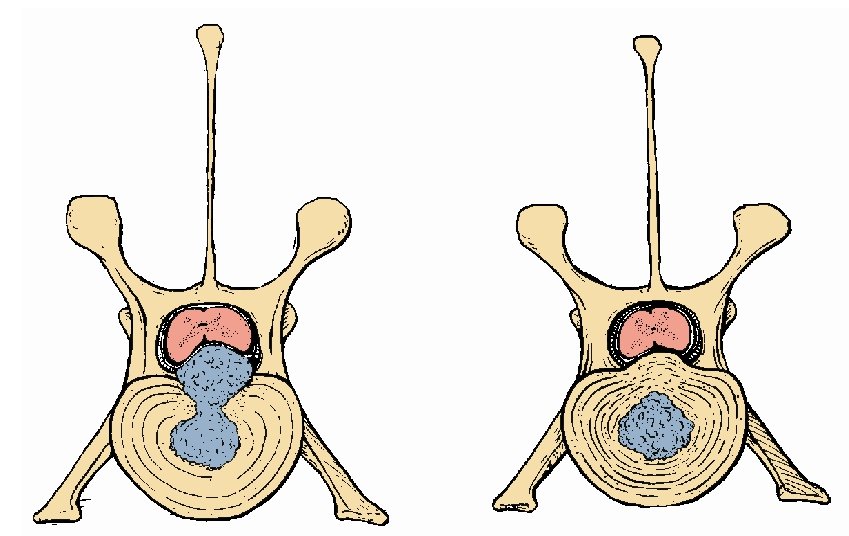Back dogs: When a pet is paralyzed
Imagine if you wake up and your personal dog or cat can’t walk. How would you react? Scared? Worried? Terrified? Your own clients can have this scenario - they have your emotions but multiplied by 10! At least! Did you know that many if not most of the dogs with even severe paralysis due to intervertebral disk disease have a 85-95% chance of walking again? Read on for more info.
People bring their paralyzed pets into Veterinary Neurology and Imaging of the Chesapeake with all of these emotions. They often have seen or spoken to you, their primary care veterinarian for care and advice when this happens. They ask you the hard questions and you want to provide them the best answers and help guide to the most positive outcome for the owners and their pets.
We know a lot about intervertebral disk disease (IVDD), both the cause/physiology as well as the prognosis for various presentations and treatments. Dogs with intervertebral disk disease (IVDD) in the T3-L3 spine is one of the most common neurosurgical emergencies in veterinary medicine. We will be speaking about Hansen’s Type I intervertebral disk abnormality seen in chondrodystrophic dog breeds (e.g. Dachshund, Cocker Spaniel, Basset Hound, Beagle, Pekingese and Poodle) that have chondroid metaplasia of their disks (nucleus pulposus) that begins early in life. These disks usually extrude causing acute, sometimes catastrophic, clinical signs of paralysis.
Left: Type 1 Extrusion
Right: Type 2 Protrusion
Next: What’s the prognosis with back/neck dogs?


